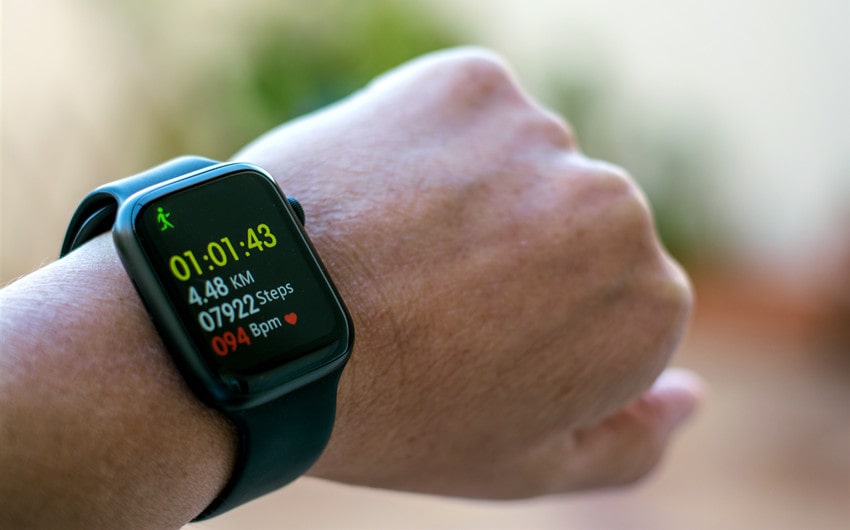Is 30,000 Steps a Day Good? Here’s What It Really Means
You’ve probably heard of the 10,000-steps-a-day goal—standard fitness tracker advice, classic wellness talk. But what happens when you blow that out of the water and hit 30,000 steps a day? Is that good? Overkill? Are you super fit… or just really lost?
Let’s break it down: what walking 30,000 steps a day really does for your body, mind, and sanity—and whether it’s something you should try or just admire from a safe, seated distance.
What Does 30,000 Steps Look Like?
On average, one mile = about 2,000 steps. So 30,000 steps equals roughly 15 miles (or 24 kilometers) in a single day. Depending on your pace and terrain, that’s 4 to 6 hours of walking daily. It’s not just a stroll around the block—it’s practically a part-time job.
If you’re hitting that number, you’re either an endurance walker, training for something big, commuting on foot, chasing children, or just living your best overachiever life. Either way, it’s impressive—but also a lot. Like, a lot a lot.
Is It Healthy to Walk That Much?
In general, walking is great for your health. It improves cardiovascular endurance, boosts mood, helps regulate blood sugar, and keeps your joints happy (without the impact of running). But with 30,000 steps, you’re in a different league.
Pros of walking 30,000 steps a day:
- Burns serious calories (around 1,200–1,800 depending on your size and pace)
- Improves heart and lung function
- Boosts mental clarity and lowers stress
- Supports weight loss and body composition goals
- Increases endurance, stamina, and lower-body strength
But there are also some possible downsides:
- Risk of overuse injuries (shin splints, foot strain, knee pain)
- Significant time commitment (takes up a big chunk of your day)
- May not leave room for strength training or rest days
- Potential to overdo it if not fueling or hydrating properly
So, yes—it can be good. But it’s not automatically “better” than a moderate, balanced routine. Context matters.
Who Actually Benefits from 30,000 Steps a Day?
If you’re:
- An athlete or training for a walking marathon: You’re building discipline and endurance. Keep going—smartly.
- Recovering from a sedentary lifestyle: Jumping straight to 30k might be too much too fast. Ramp up slowly.
- Trying to lose weight: The extra movement helps—but only if your nutrition supports it. Calories in vs. out still rules.
- Managing stress or anxiety: Long walks can help clear your mind and regulate mood. Just make sure you’re not using steps to outrun burnout.
Does More Always Equal Better?
Not necessarily. Health isn’t a game of who moves most—it’s about consistency, sustainability, and listening to your body. If 30,000 steps is energizing, rewarding, and pain-free for you, then yes—it can be “good.” But if it’s making you chronically tired, sore, or cutting into sleep and recovery, it may be too much.
Some people thrive at 10,000–15,000 steps. Others feel amazing at 20,000. You don’t get bonus points for pushing past your limits every single day. You get tired. You get injuries. You stop having fun—and then what’s the point?
How to Make 30,000 Steps a Day Safe & Sustainable
If you’re walking that much (or aiming to), here’s how to protect your body and mind along the way:
- Wear proper footwear: Supportive shoes with good cushioning = non-negotiable.
- Stay hydrated: Especially in warmer weather or long outdoor walks.
- Fuel properly: Your body needs carbs, protein, and healthy fats to keep going.
- Mix up your routes: Prevent boredom and repetitive stress injuries.
- Take breaks: Your muscles and joints will thank you.
- Stretch it out: Don’t skip cooldowns or mobility work.
The Bottom Line
Walking 30,000 steps a day is impressive. For some, it’s motivating. For others, it’s unnecessary. The real question isn’t “Is it good?”—it’s “Is it good for you?”
If it energizes you, improves your mental and physical health, and fits your life without draining it—then yes, it’s good. Amazing, even. But if it’s exhausting, disruptive, or just another thing to obsess over, there’s no shame in dialing it back. Consistency beats intensity every time.
And honestly? Even if you walked half that today, your body still thanks you.






